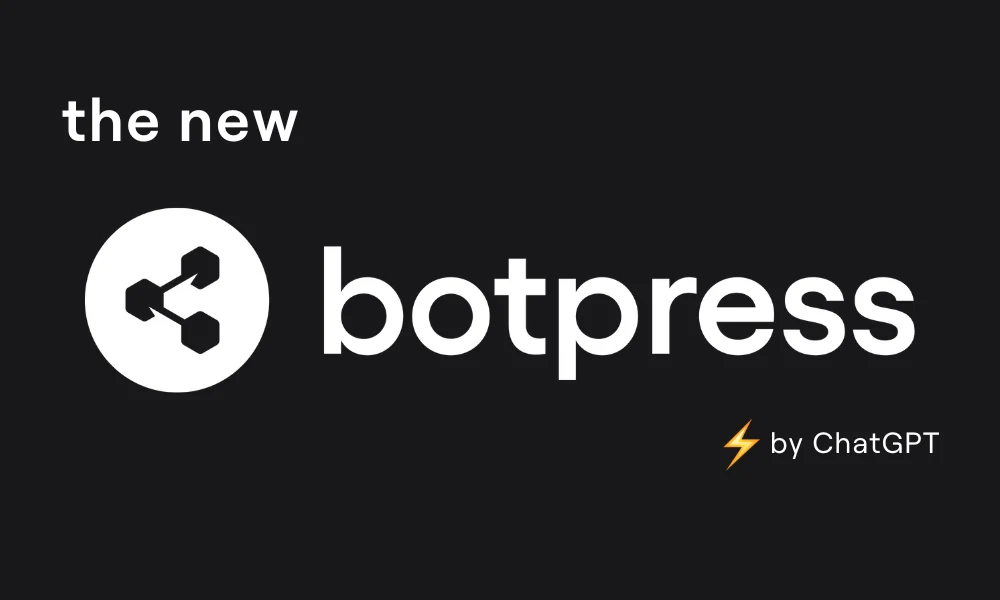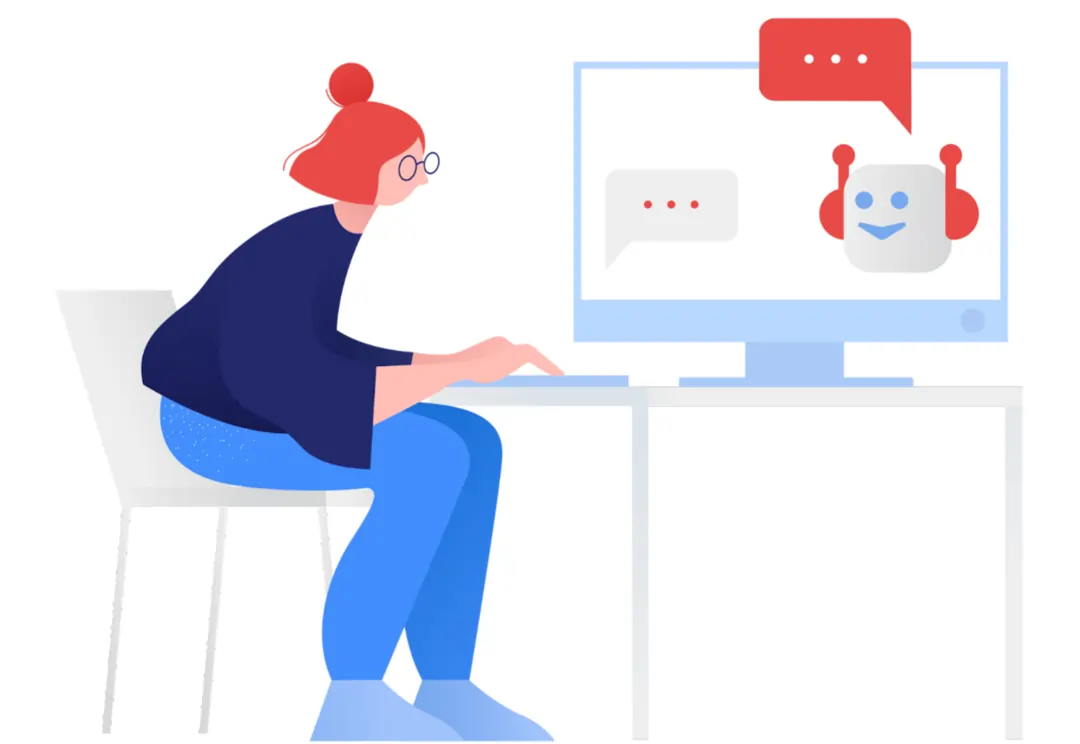🎉 Community support, weekly livestreams, and thousands of bot builders - all on our Discord!
Sign inSign up


Log in or sign up with Google
Continue with Google
To create your account, Google will share your name, email address, and profile picture with Botpress.
See Botpress' privacy policy and terms of service.




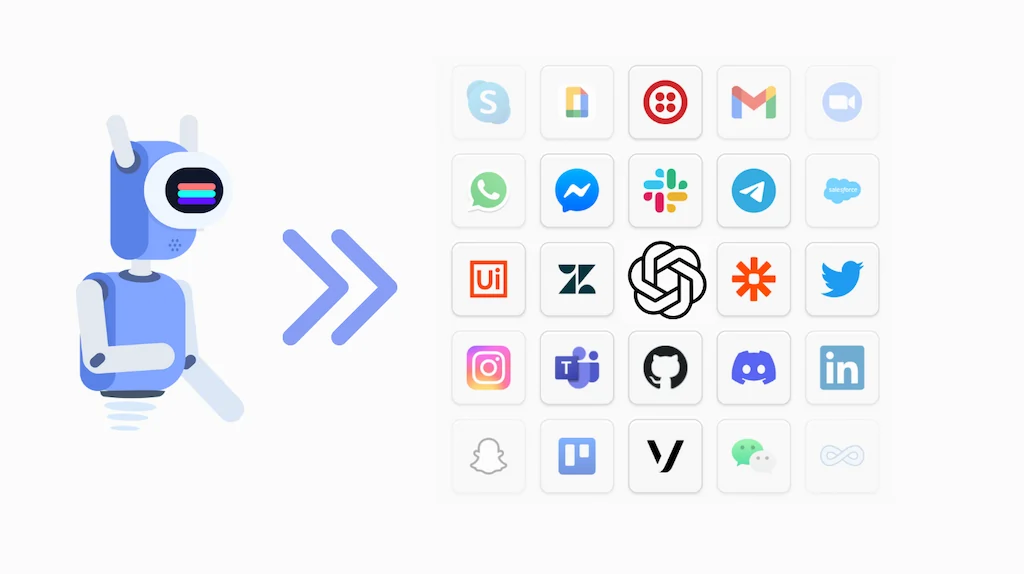
.webp)





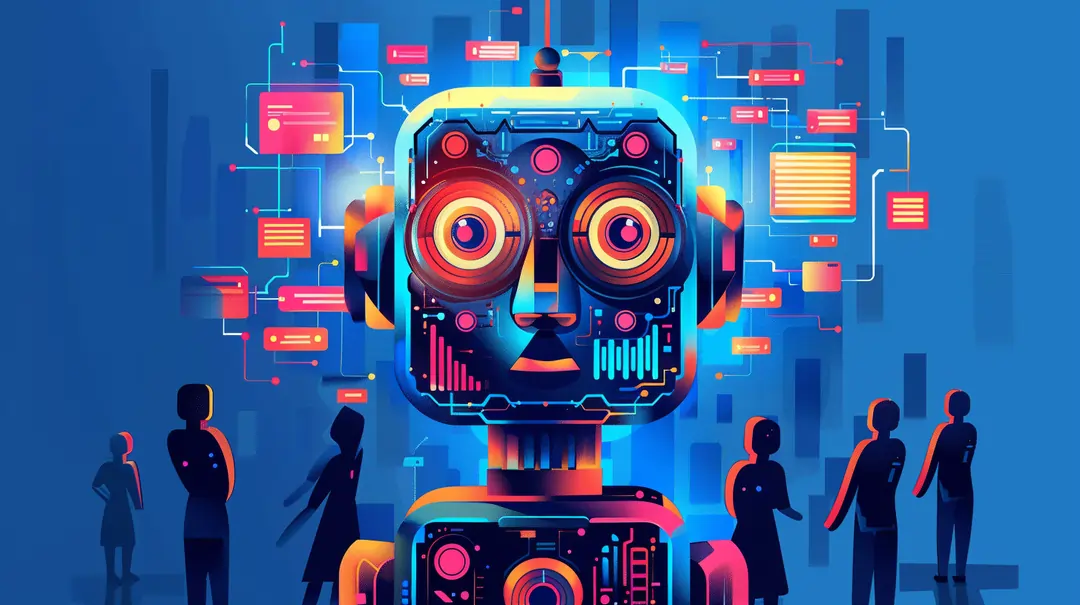
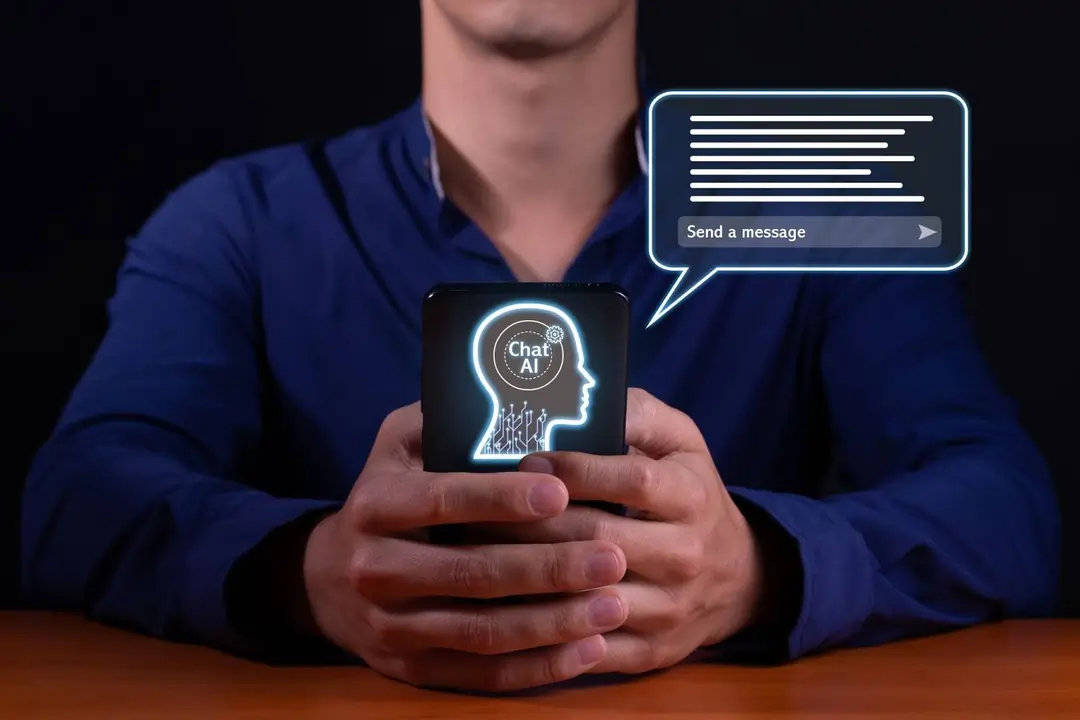










.webp)


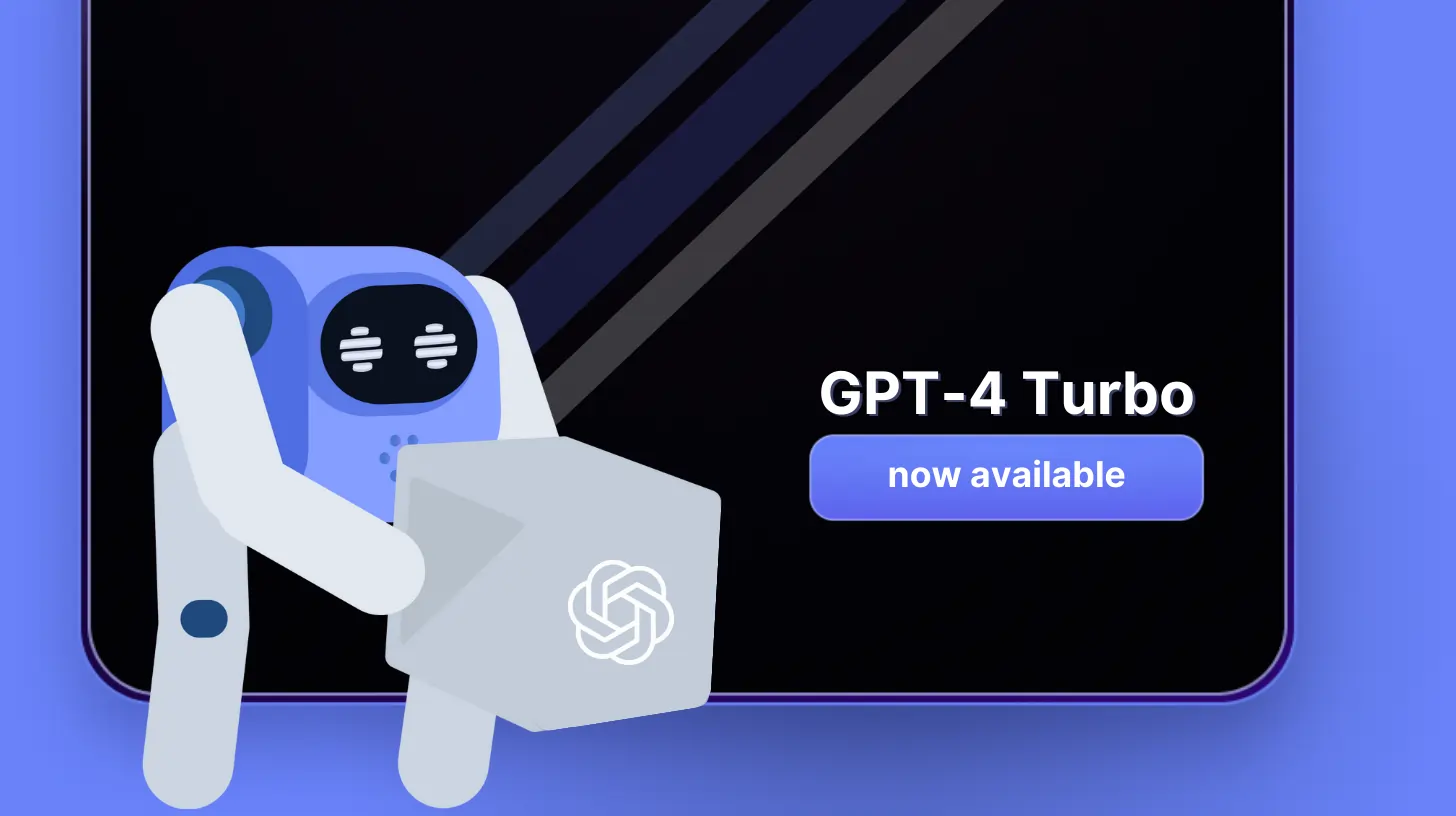














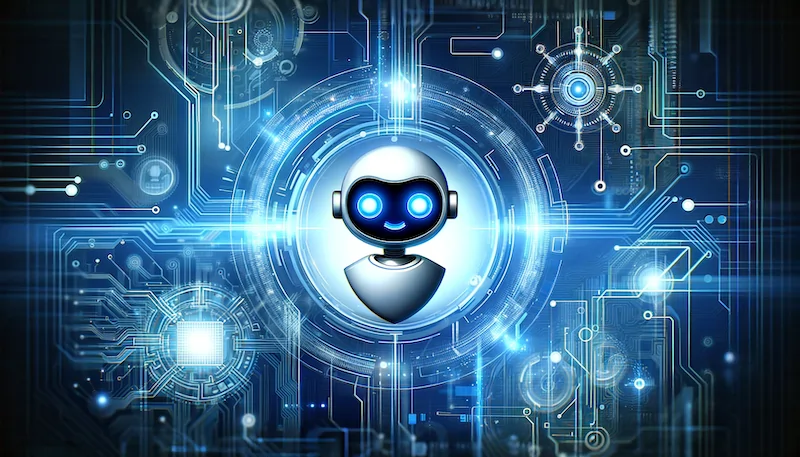
















%20and%20Augmented%20Reality%20(AR).webp)































